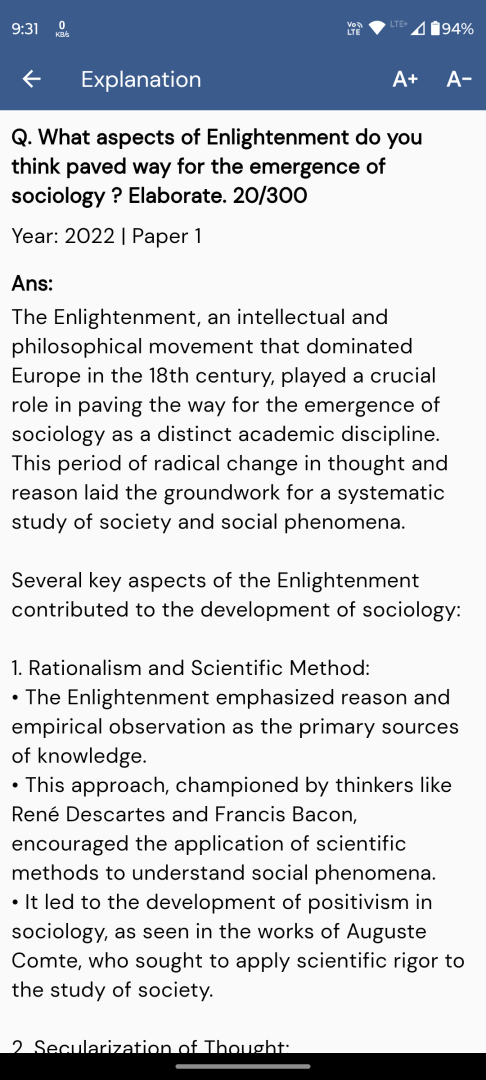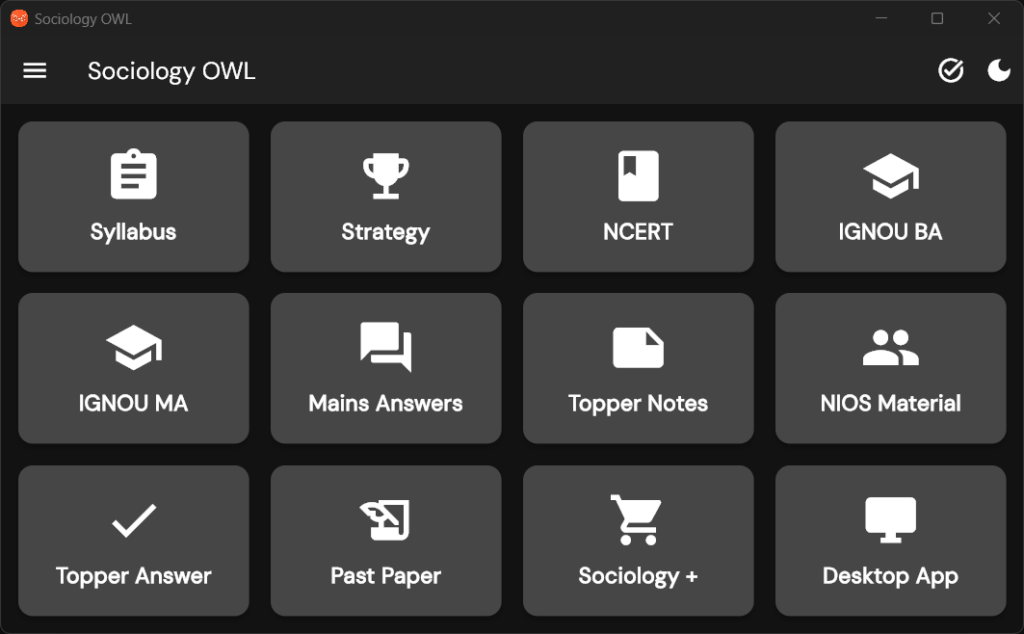Q. What are the Indian government’s schemes launched for poverty alleviation after the United Nation’s Declaration of ‘Sustainable Development Goals – 2015’? Briefly describe.
UPSC Sociology 2025 Paper 2
Model Answer:
Indian Government’s Poverty Alleviation Schemes Post-SDG 2015
Post-2015 SDGs adoption, India shifted from income-based to multidimensional poverty alleviation, reflecting Amartya Sen’s capability approach viewing poverty as capability deprivation.
Key Schemes
Health and Social Security
• Ayushman Bharat-PM JAY (2018): ₹5 lakh health coverage per family, addressing catastrophic health expenditure-induced poverty.
• PM Shram Yogi Maandhan (2019): Pension scheme for unorganized sector workers ensuring old-age security.
Financial Inclusion and Direct Support
• PM Jan Dhan Yojana (expanded post-2015): Banking access enabling Direct Benefit Transfers, reducing leakages.
• PM-KISAN (2019): Direct income support of ₹6,000 annually to farmer families.
Basic Services and Infrastructure
• PM Ujjwala Yojana (2016): LPG connections to BPL households, reducing women’s drudgery and health risks.
• PM Awas Yojana (2015): Housing for All, providing dignity and foundation for social mobility.
• Jal Jeevan Mission (2019): Piped water to rural households, addressing water-poverty nexus.
Employment and Skills
• Garib Kalyan Rojgar Abhiyaan (2020): Employment for migrant workers through rural infrastructure creation.
• PM-DAKSH (2021): Skill development for SC/ST/OBC communities promoting economic mobility.
Digital Empowerment
• PM Gramin Digital Saksharta Abhiyan: Digital literacy bridging the digital divide for inclusive development.
Conclusion: These schemes represent India’s comprehensive assault on multidimensional poverty, transforming welfare from charity to rights-based entitlements while building human capital and ensuring social security.





